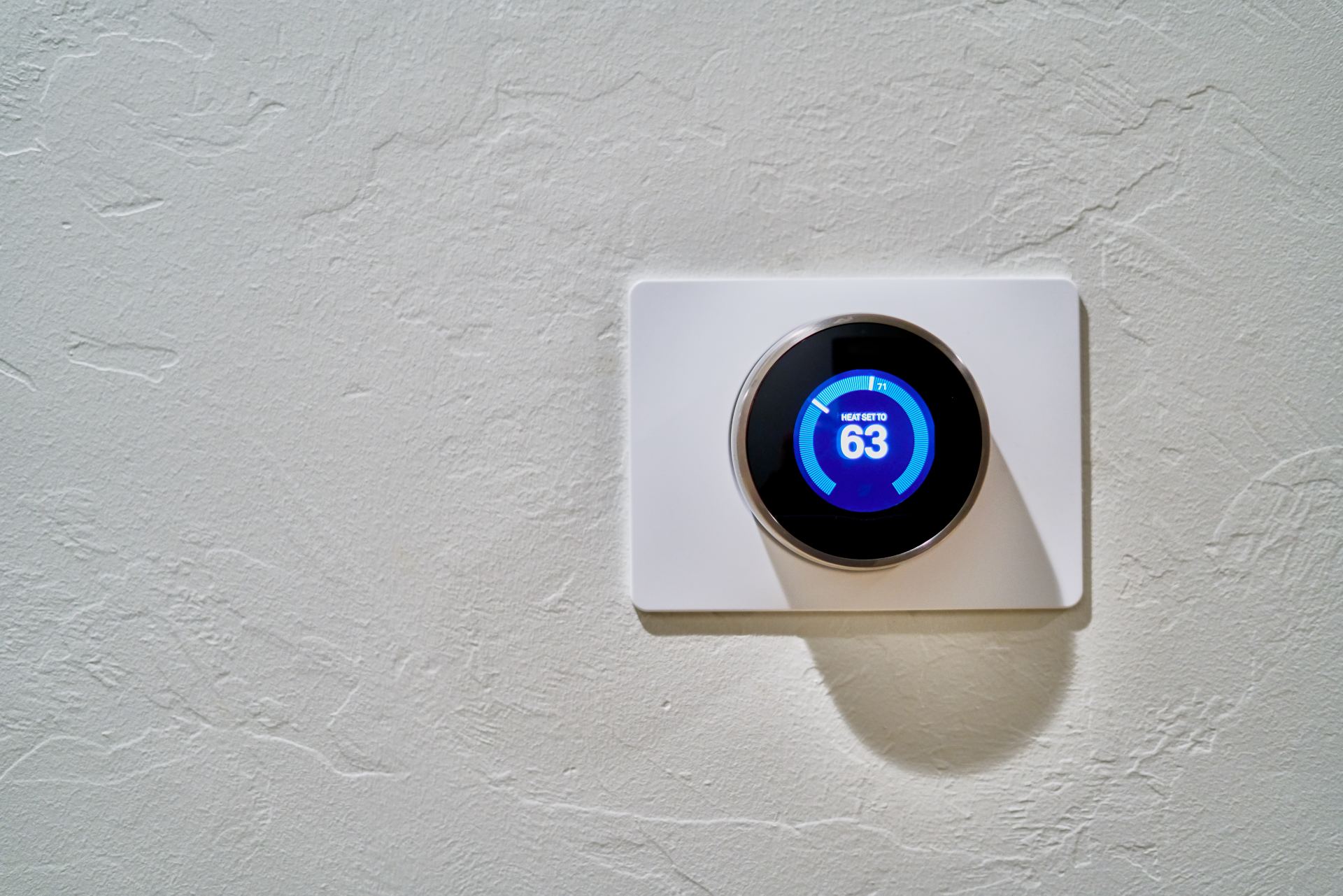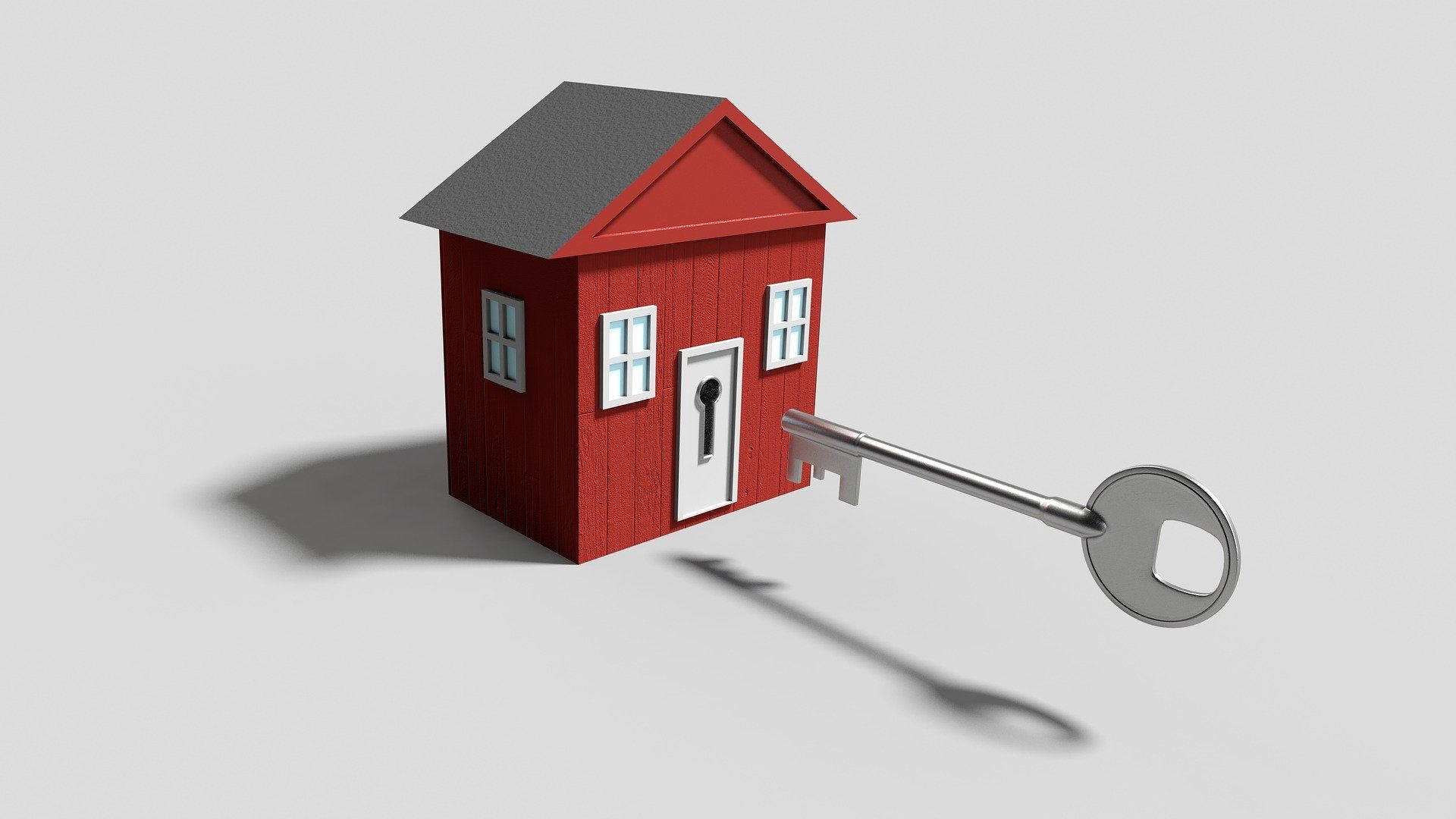A Case for Geothermal Heating
- By Daniel Greenhalgh
- •
- 28 Mar, 2019

As developers continue to adapt to the building code requirements of the STEP code, we’re increasingly exploring the most efficient and cost-effective means of reaching full compliance. The province’s goal is to make every building net-zero energy ready by 2032. They’re doing this in five steps incrementally over the next few years, and we’re still at step 1 right now. But as we ramp up to steps 3, 4 and 5, the sticker shock is going to be extreme for home buyers. Even if we see no additional cost increases for supplies or development fees, we expect construction costs to more than double. Those costs will be inevitably be passed on to homebuyers.
One of the primary ways in which we waste energy, and money, is by heating spaces. There are lots of recommendations from the province about how best to go about reducing our environmental impact in this area. But in my experience, I believe it should be mandatory for developers to install geothermal heating systems in every new home and high rise.
A typical home heating system involves insulation near the studs. The STEP code allows for this kind of standard system to continue, with certain efficiency evolutions. I think this standard system, and this kind of thinking about heating, is fundamentally wrong.
Geothermal heating systems require installing a heat pump below the ground to harness the consistent ground temperatures of the earth. They can both heat spaces in the winter and cool them in the summer. This method is much more efficient than relying on outside air temperatures to regulate your interior climate.
The system involves running two pipes beneath the ground and into the home - one intake, one exhaust. It uses heat from interior air being exhausted to heat the exterior air coming in.
The cost to install such a system is about $80,000. This is a huge addition to the cost of building a home, obviously. But this would essentially eliminate your heating bill. With standard monthly heating bills at about $250/month, it would take about 22 years to break even. Since a typical home structure is good for at least 40 years, the up-front capital outlay is definitely worth it, economically and environmentally.
These systems are capable of very high efficiency rates. They’re 48% more efficient than the most efficient gas furnaces and 75% more efficient than oil furnaces.
For industrial and high-rise buildings, it’s mind-blowing how effective these systems can be. They have the added benefit of giving an architect design flexibility – boiler rooms can be eliminated, mechanical rooms can be reduced, and the roof and landscape can be free of outdoor heating equipment.
I believe all new homes and buildings should incorporate this system into their plans. The current code allows developers and individual home-builders to reach compliance through various methods. Regulators are interested in checking boxes, and they have no interest in how they get there. We end up with the cheapest way, not the smartest way, to meet requirements. We find ways to game the system. Geo-exchange systems leave no wiggle room – we’ll actually reach our environmental and economic targets via the most efficient method of creating comfortable living spaces.



